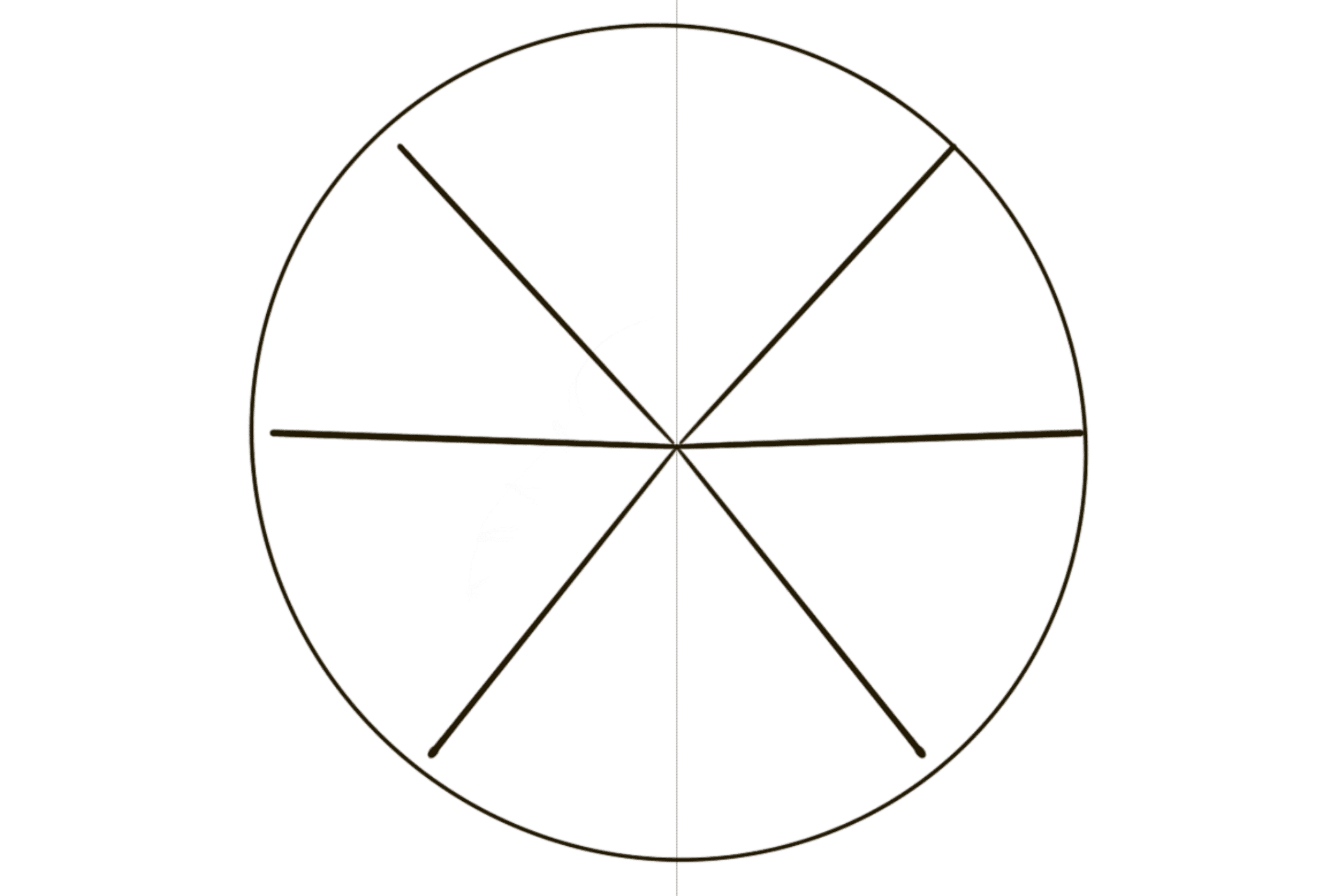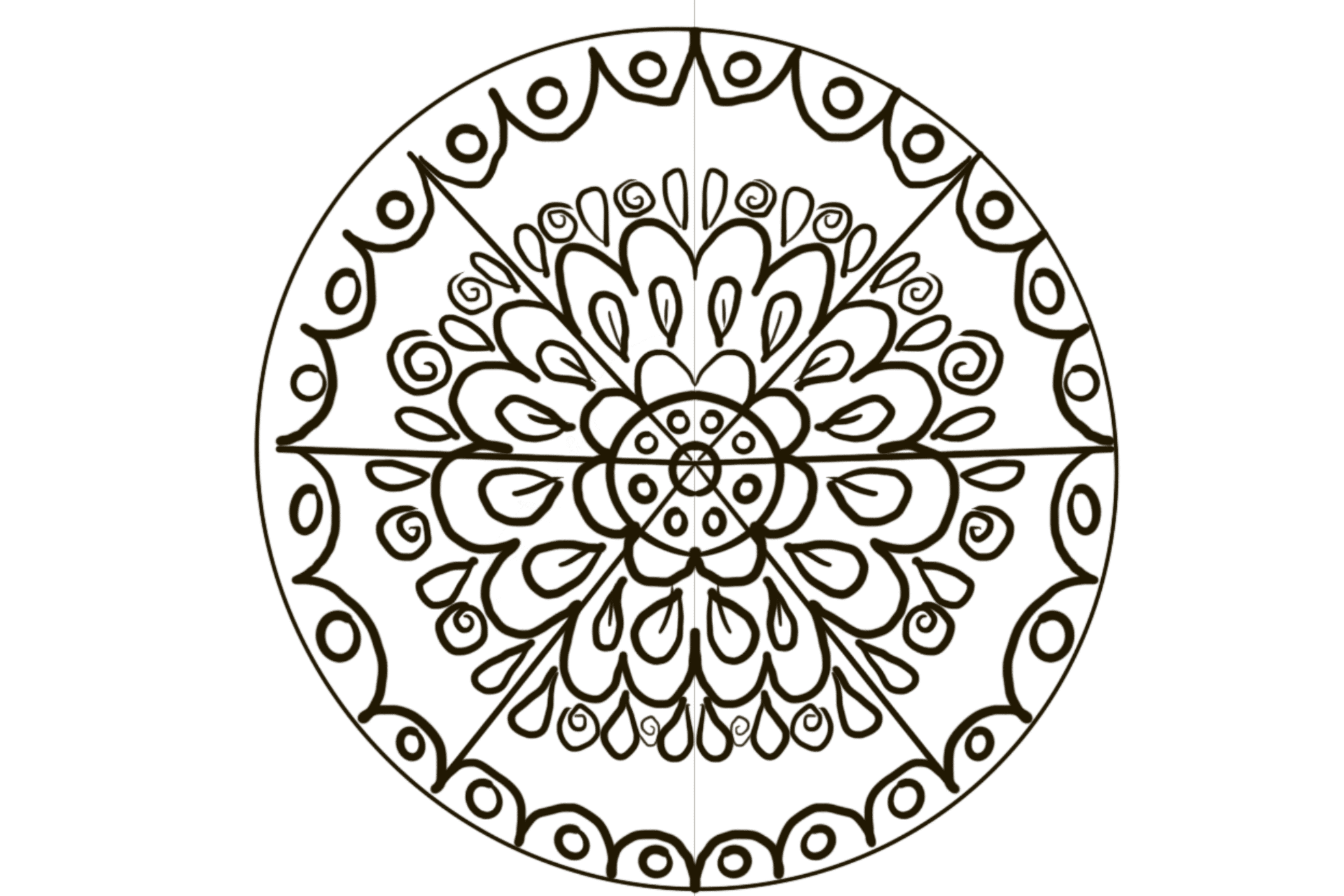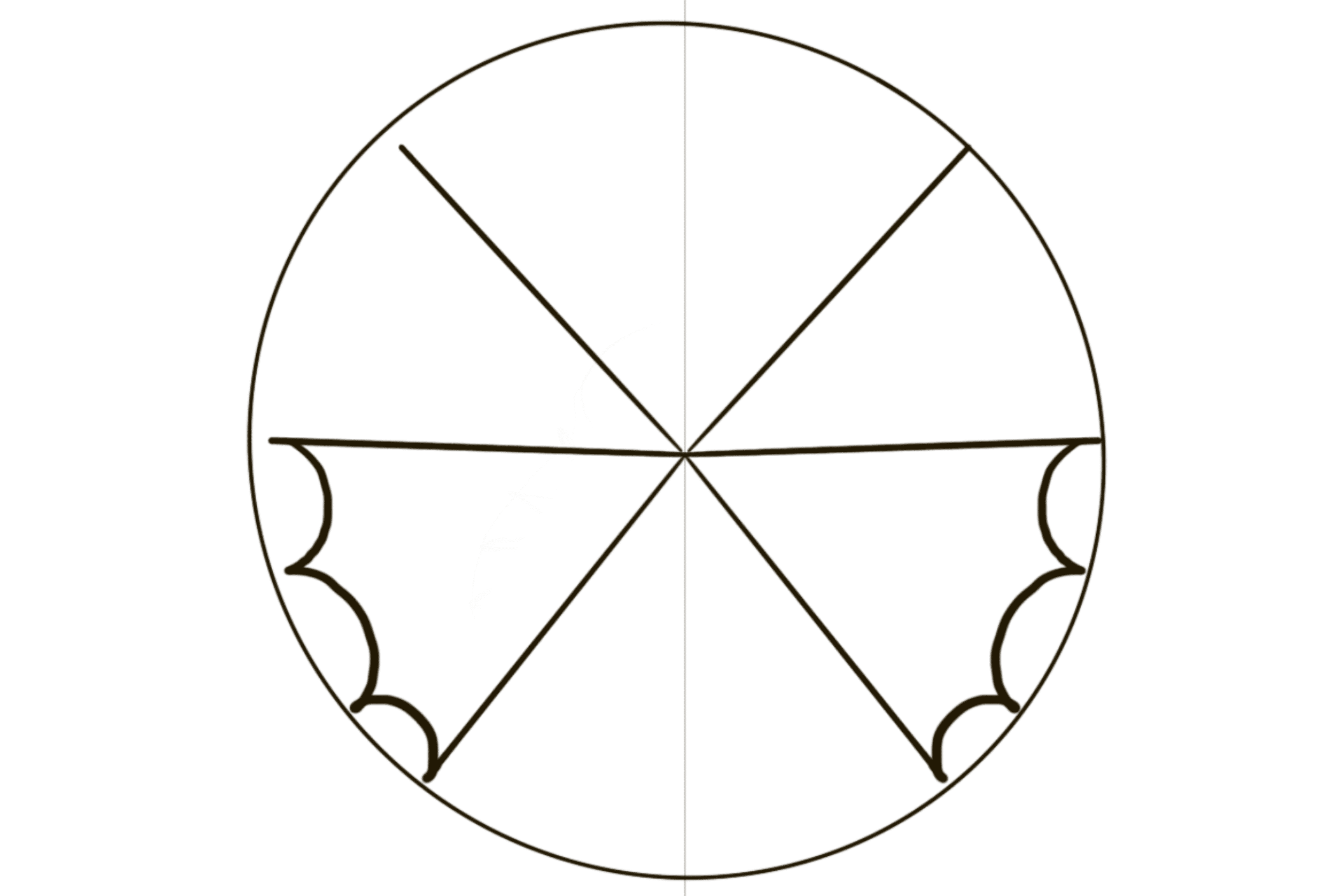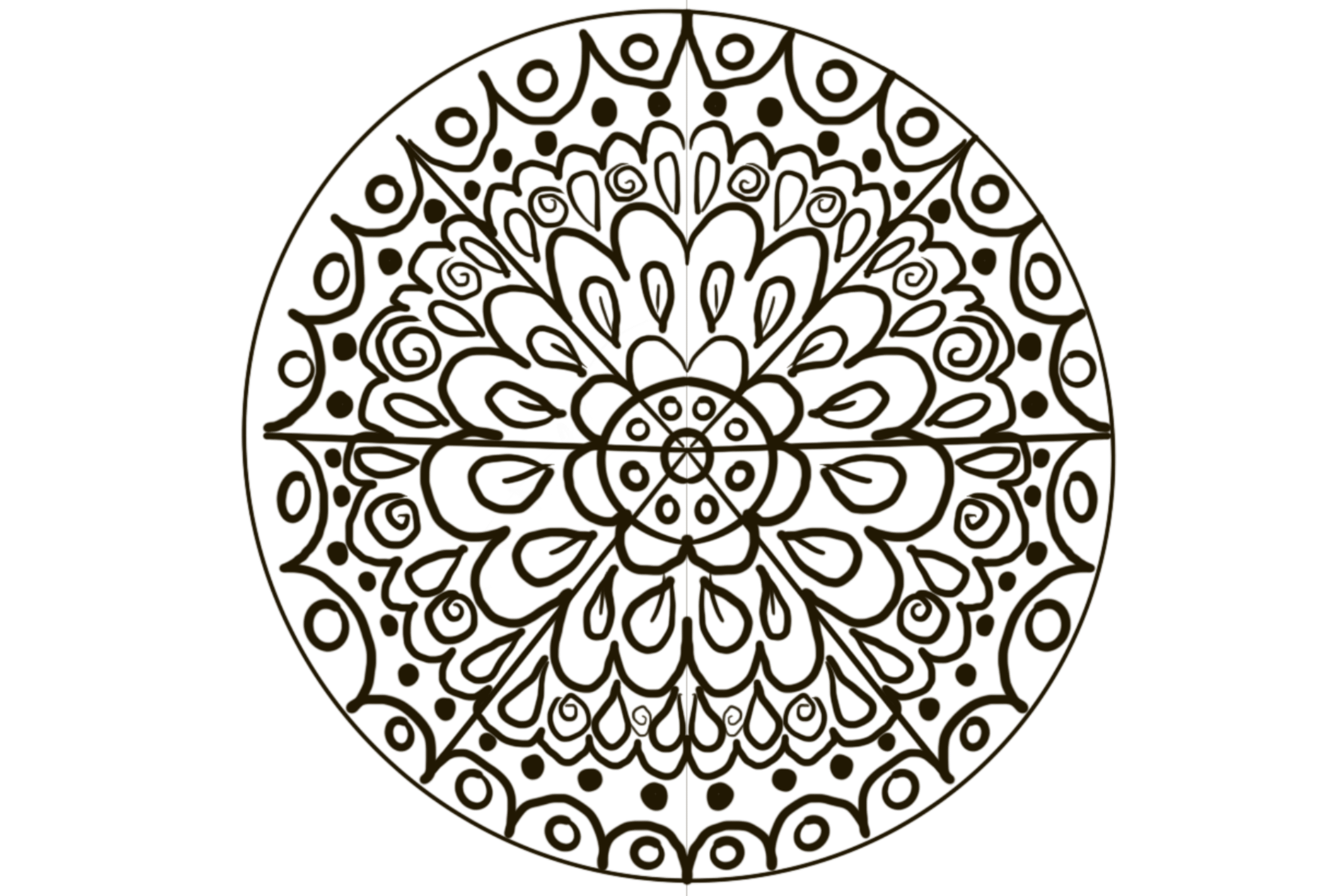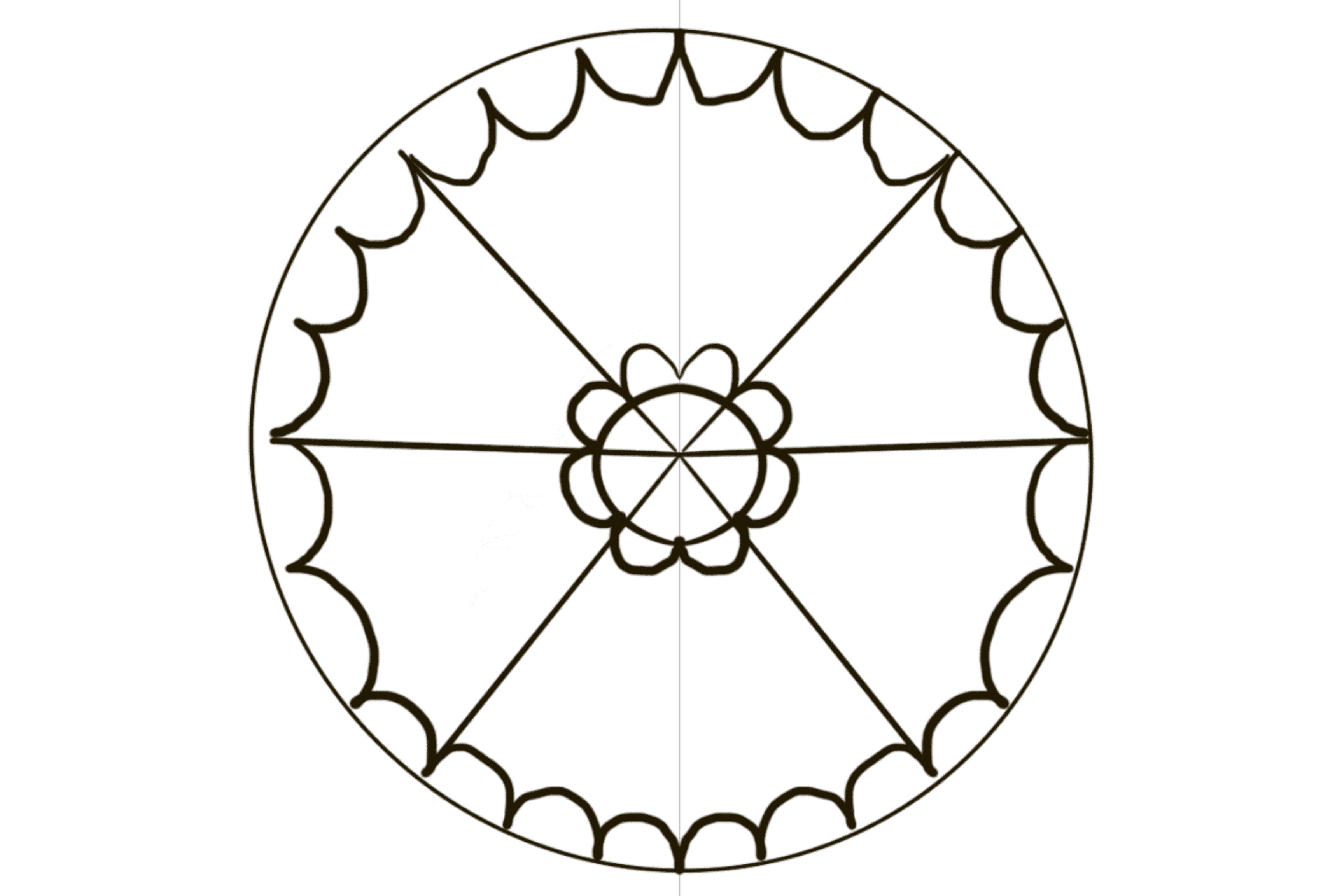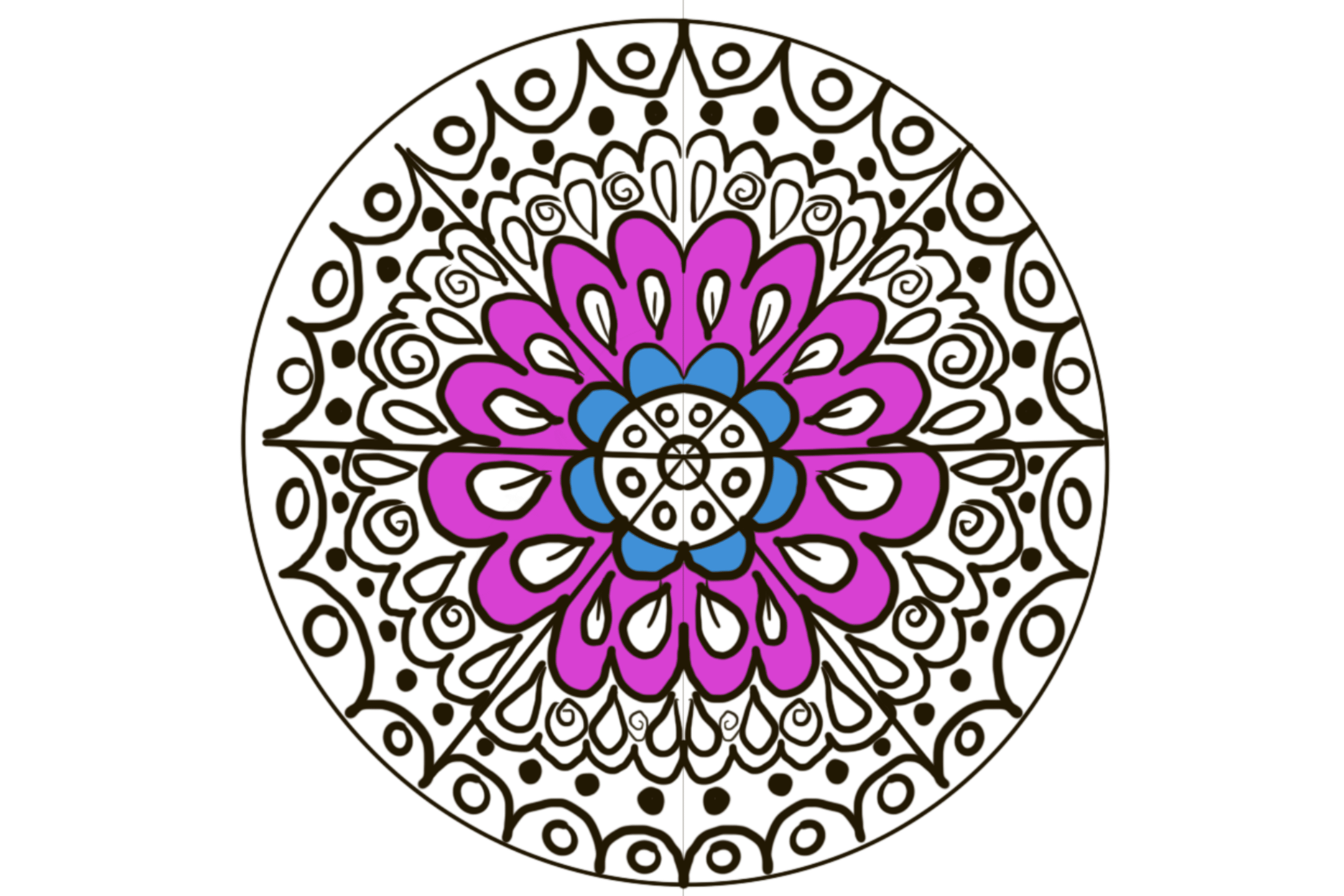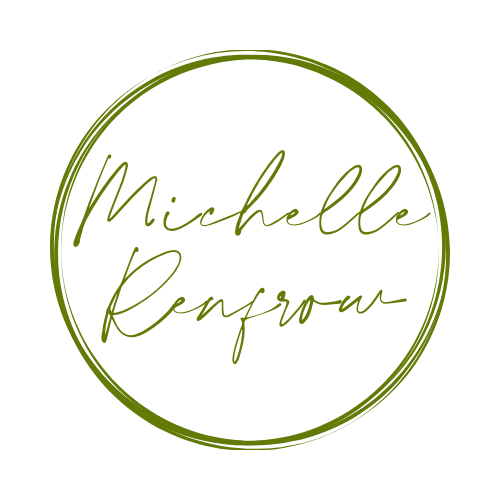
Drawing or coloring a Mandala is a form of art therapy that is a very popular thing right now. There are hundreds, probably thousands of adult coloring books out there that are of mandala designs. The art of drawing them as well as just coloring them has so much therapeutic power.
Circles are all around us. We find them in nature and in science. They are the basis for so much of our world. Symmetry and repetitive shapes are also around us more than we know. Snowflakes. Rings of a tree. Cells.
Wikipedia says, “A mandala (Sanskrit: मण्डल, romanized: maṇḍala, lit. ’circle’, [ˈmɐɳɖɐlɐ]) is a geometric configuration of symbols. In various spiritual traditions, mandalas may be employed for focusing attention of practitioners and adepts, as a spiritual guidance tool, for establishing a sacred space and as an aid to meditation and trance induction.
A Bit of History of Mandalas
In the Eastern religions of Hinduism, Buddhism, Jainism and Shintoism it is used as a map representing deities, or especially in the case of Shintoism, paradises, kami or actual shrines. A mandala generally represents the spiritual journey, starting from outside to the inner core, through layers.”
Dr. Malchiodi in her article on mandalas says “forms in art are often referred to as mandalas, the Sanskrit word for “sacred circle.” For thousands of years, the creation of circular, often geometric designs has been part of spiritual practices around the world and almost every culture has revered the power of the circle.
Eastern cultures have used specific mandalas for visual meditation for many centuries; the Tibetan Buddhist Kalachakra, also known as the Wheel of Time, is probably one of the most famous mandalas and symbolically illustrates the entire structure of the universe.
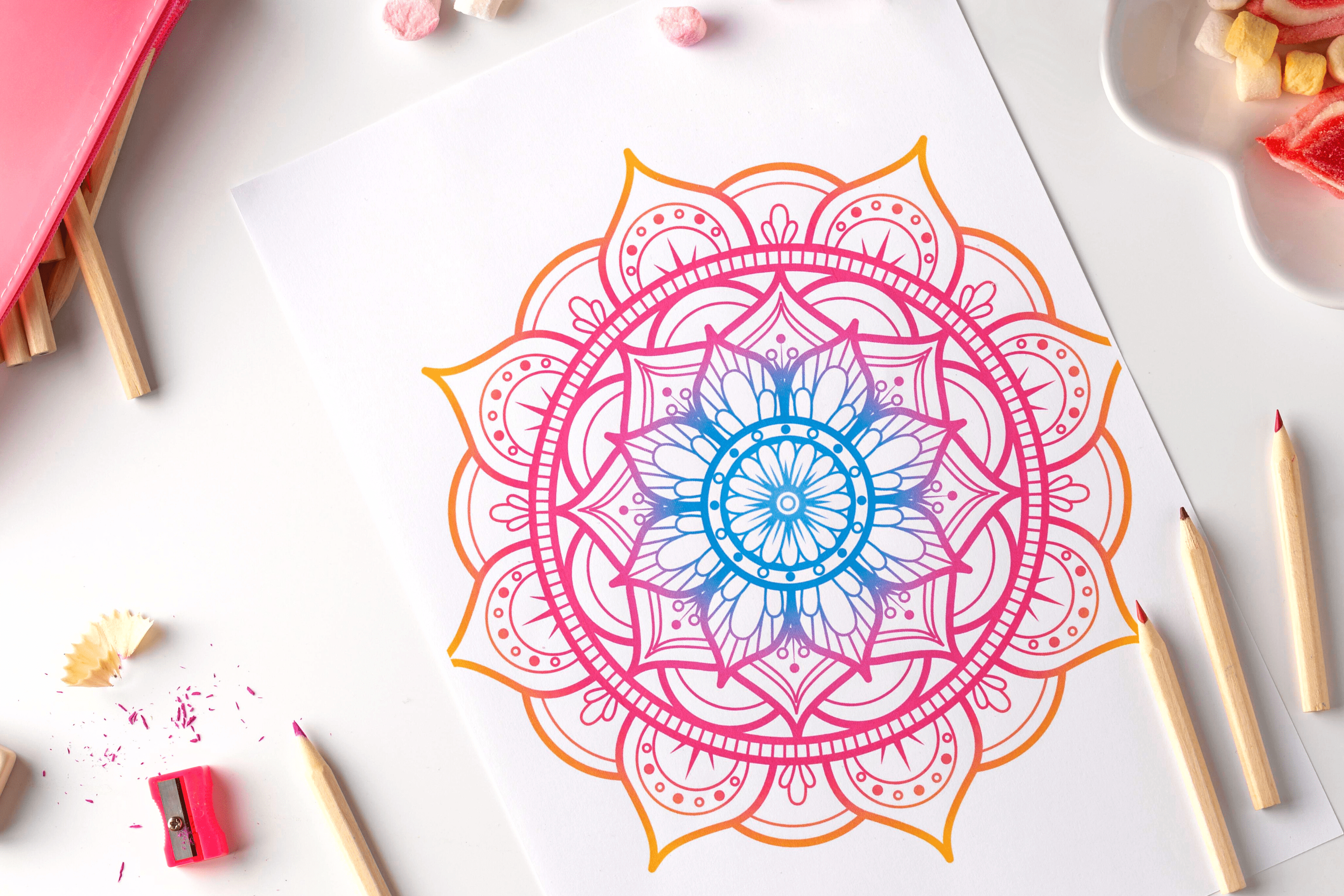
Let’s explore what a mandala is and drawing them could help you!
Circular forms are found at the prehistoric Stonehenge monument in England and the 13th-century labyrinth at the base of Chartres Cathedral in France. Spiritual seekers have consistently created mandalas to bring forth the sacred through images and have evoked the circle in ritual and art-making for the purpose of transcendence, mindfulness, and wellness.
Carl Gustav Jung is credited with introducing the Eastern concept of the mandala to Western thought and believed this symbol represented the total personality—aka the self. Jung noted that when a mandala image suddenly turned up in dreams or art, it was usually an indication of movement toward a new self-knowledge.
He observed that his patients often spontaneously created circle drawings and had his own profound personal experience with mandala images. From 1916 through 1920, Jung created mandala paintings and sketches that he felt corresponded to his inner situation at the time [more about this and Jung’s Red Book in a future post]. He believed that mandalas denoted a unification of opposites, served as expressions of the self, and represented the sum of who we are.”
According to Jung, mandalas symbolize “a safe refuge of inner reconciliation and wholeness.” They have the potential to call forth something universal within, perhaps even the proverbial archetypal Self. And at the same time, they give us an experience of wholeness amid the chaos of everyday life, making the “sacred circle” one of the very coolest art therapy interventions for both soothing the soul and meeting oneself.”
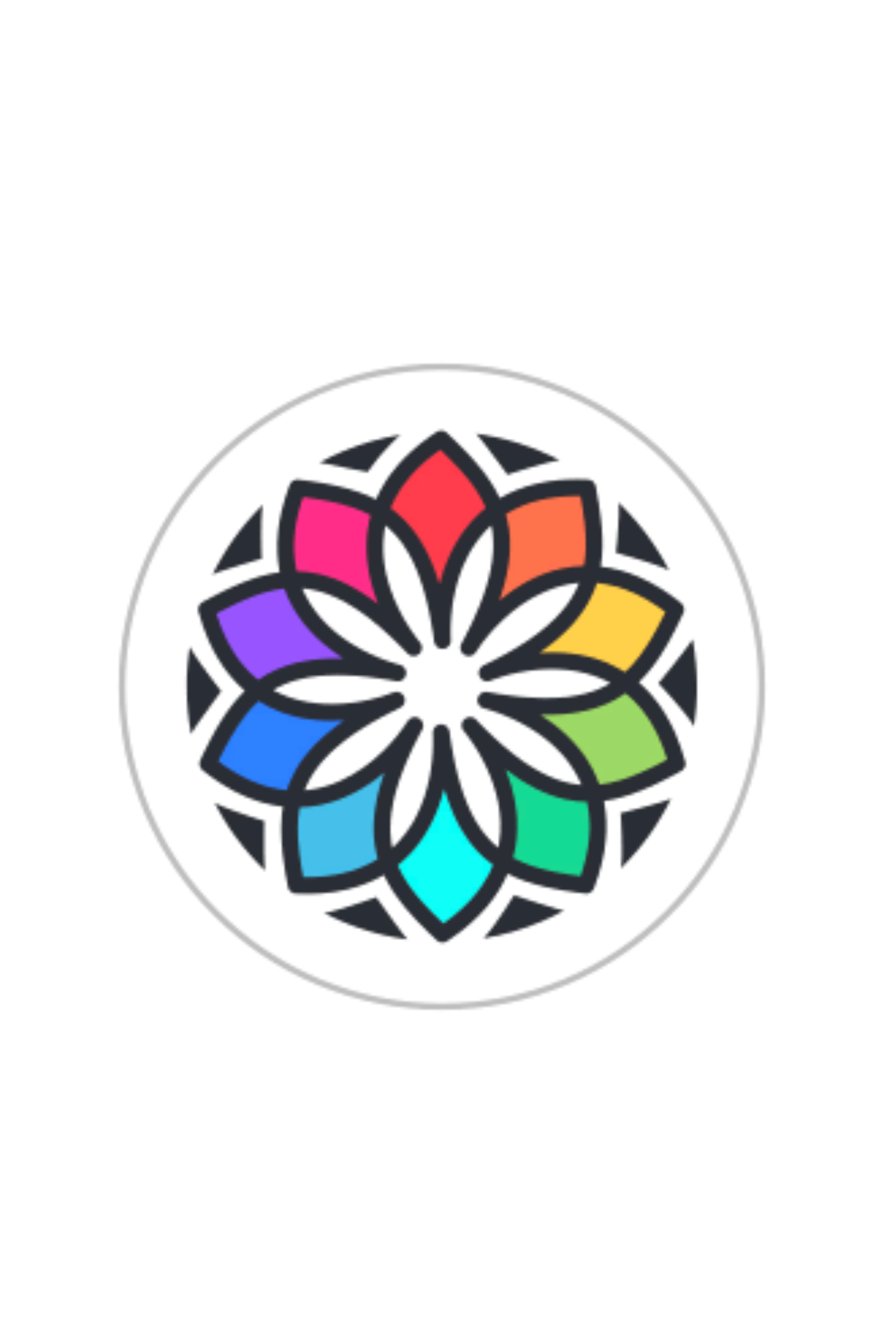
I love mandalas. I like drawing them.
I like painting them with henna on peoples hands. I like coloring them. I even found some apps online where you can color them digitally.
They are awesome. One I like to use a lot is called, “Coloring Book for Me”.
Not only does it have a mandala you can color but it has lots of other images you can color in.
I use it while waiting in the carpool line or at the doctor’s office too. It’s a nice zen place to take yourself to when needed.

Here’s how I get started in drawing a Mandala
- Draw a circle on the center of the page. Trace a drinking cup or glass if you like. You can start with a large circle like the size of a plate if you like. I used procreate to make mine.
- I then selected the symmetry option so I could draw everything in a mirror image at the same time.
- Then I added half circles around the inside of my main circle.
- I drew a small inner circle and added half circles to that too.
- I started adding smaller circles and tear drop shapes too.
- Keep going with your designs and have fun!
- You can then color it in the app or print it and color it yourself!
You can see how much fun mandalas can be. Do worry if you can’t draw it yourself! Buy a book and start coloring! Or check out some online tutorials on learning how to draw it yourself. Either way, Happy Arting!


